As climate change continues to intensify, a new and alarming trend is emerging — the air around us is growing thirstier. This isn’t just a poetic expression. It’s a scientific reality: warmer air has a greater capacity to hold moisture, and as global temperatures rise, the atmosphere is pulling more water from soil, plants, and freshwater sources. This phenomenon, known as atmospheric thirst or vapor pressure deficit (VPD), is silently reshaping ecosystems, intensifying droughts, threatening food security, and exacerbating water scarcity across the globe
🌍 What Is Atmospheric Thirst?
Atmospheric thirst refers to the drying power of the air, which increases as temperatures rise. This is measured by VPD — the difference between the amount of moisture the air could hold when fully saturated and the actual moisture it contains. As global warming increases surface temperatures, the air becomes more capable of holding water vapor, thus “demanding” more moisture from its surroundings.
💧 How the Thirsty Air Is Draining the Earth
1. Accelerated Soil Moisture Loss
When the atmosphere is drier, it pulls more moisture out of the soil. This makes it harder for crops to thrive and increases the need for irrigation. Areas that already face water scarcity are now experiencing faster evaporation rates, leaving soils parched and less fertile.
2. Stress on Plants and Forests
Plants lose water through transpiration — a process that is sped up when the air is thirstier. To conserve water, many plants close their stomata, which also limits carbon intake and photosynthesis. Over time, this stunts growth and lowers crop yields. Forests, particularly in the western U.S., Amazon, and parts of Africa, are showing signs of stress and die-offs as a result.
3. Intensified Droughts
Higher VPD is directly linked to longer and more severe droughts. Even when rainfall doesn’t decline drastically, the atmosphere can still dry out landscapes by increasing evaporation. This is why regions like California and parts of Australia are seeing record-setting dry periods despite sporadic rainfall.
4. Shrinking Freshwater Supplies
Lakes, rivers, and reservoirs are also affected. Increased evaporation leads to lower water levels, impacting drinking water supplies, hydropower generation, and aquatic ecosystems. The Colorado River Basin and Lake Mead are prime examples of water bodies being drained by both human use and atmospheric demand.
🌱 Agricultural Impact: The Invisible Drought
Farmers around the world are grappling with the reality that it’s not just the rain that matters anymore — it’s also the air. Crops now require more water to survive, even if rainfall hasn’t significantly decreased. This invisible drought is making agriculture more expensive, less predictable, and less sustainable.
🔍 SEO Keywords: atmospheric thirst, climate change and drought, vapor pressure deficit, soil moisture loss, thirsty air, agriculture and global warming, water evaporation, climate crisis impact, drying planet, rising VPD effects
🔥 Wildfire Risk Amplified
Thirstier air not only dries out vegetation, making it more flammable, but it also extends the length of the wildfire season. Regions like California, Greece, and Australia have already seen how this increased dryness can turn forests into tinderboxes. The more the air demands moisture, the more it desiccates landscapes, creating perfect wildfire conditions.
🌡️ Scientific Warnings and Future Outlook
A recent study published in Nature Climate Change warns that if greenhouse gas emissions continue at current rates, VPD will increase significantly by the end of the century, especially in tropical and temperate zones. This will pose severe challenges for:
Food security
Water conservation
Biodiversity
Urban water management
🛠️ Solutions and Adaptation Strategies
Climate-Smart Agriculture
Techniques such as mulching, drought-resistant crops, and precision irrigation can help retain soil moisture and reduce dependency on unpredictable rainfall.
Forest Management
Planting climate-resilient species and reducing tree density can help forests survive the changing atmosphere.
Water Infrastructure Overhaul
Updating reservoirs, reducing leaks, and optimizing urban water use will be essential as the thirst of the air grows.
Emission Reductions
Ultimately, curbing greenhouse gas emissions remains the most effective way to reduce the future impacts of a thirstier atmosphere.
💡 Conclusion
The world is not just heating up — it’s drying out. As the atmosphere becomes increasingly thirsty, it draws more water from our soils, forests, farms, and reservoirs. This invisible force, driven by global warming, is transforming landscapes and livelihoods, often without visible warning signs until it’s too late. Recognizing and addressing the effects of atmospheric thirst is critical in building a climate-resilient future
Discover how climate change is making the air thirstier, leading to increased soil dryness, crop failures, and water scarcity. Learn about vapor pressure deficit and its role in the global climate crisis.



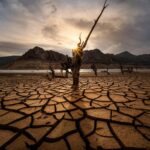




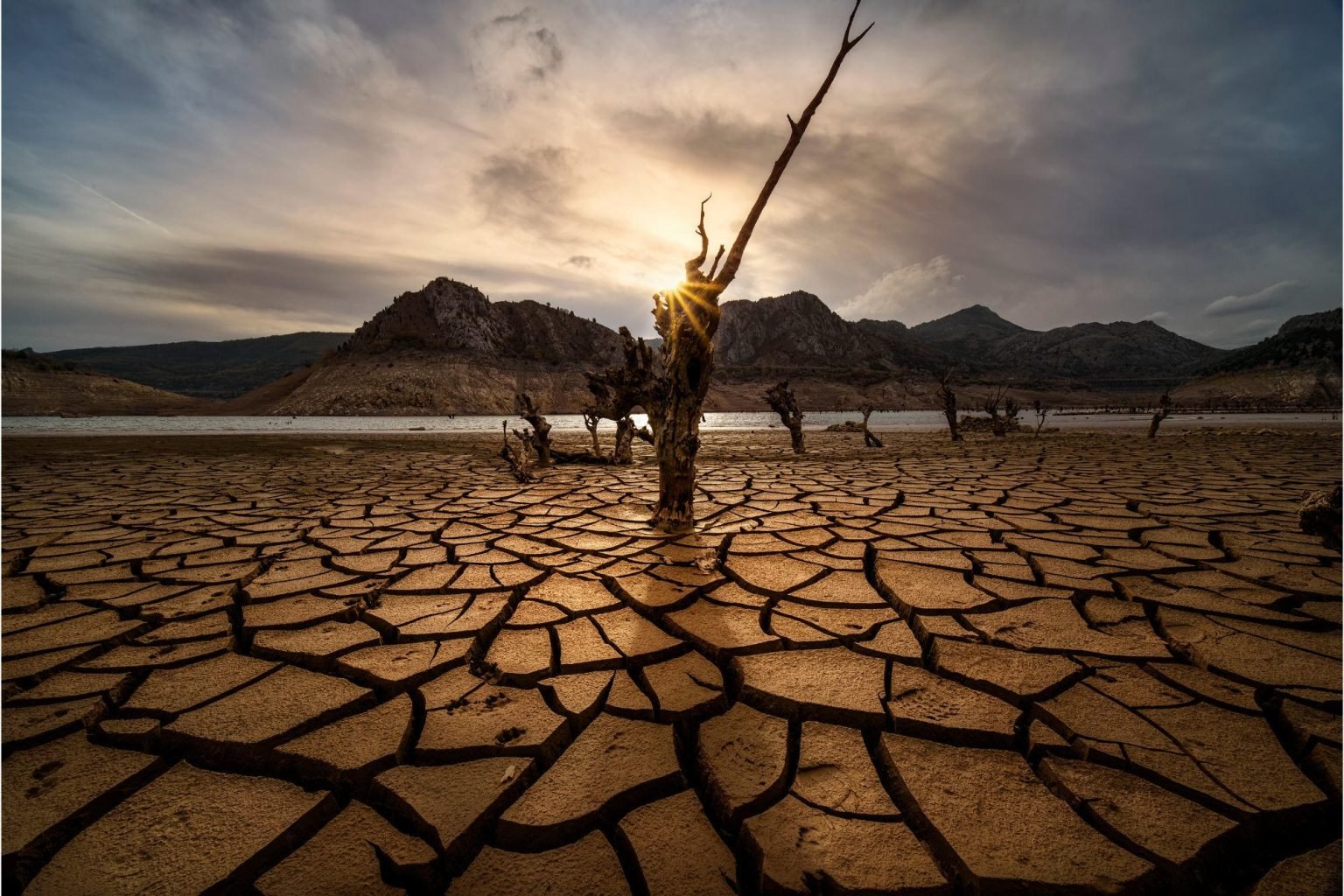





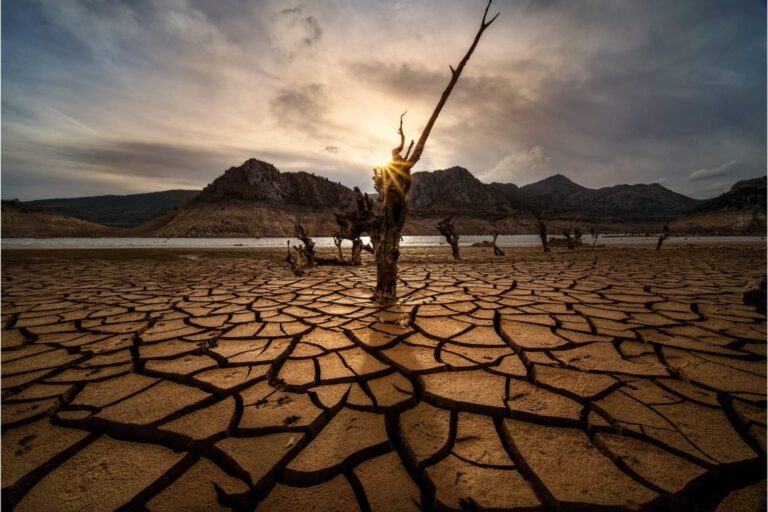
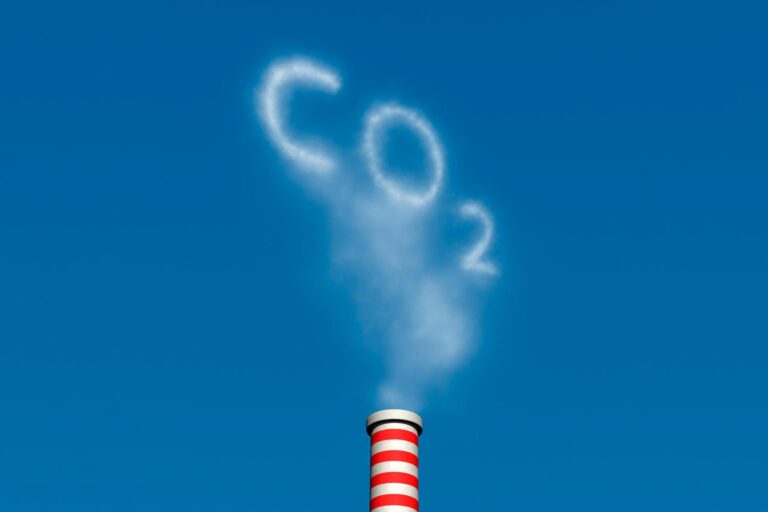
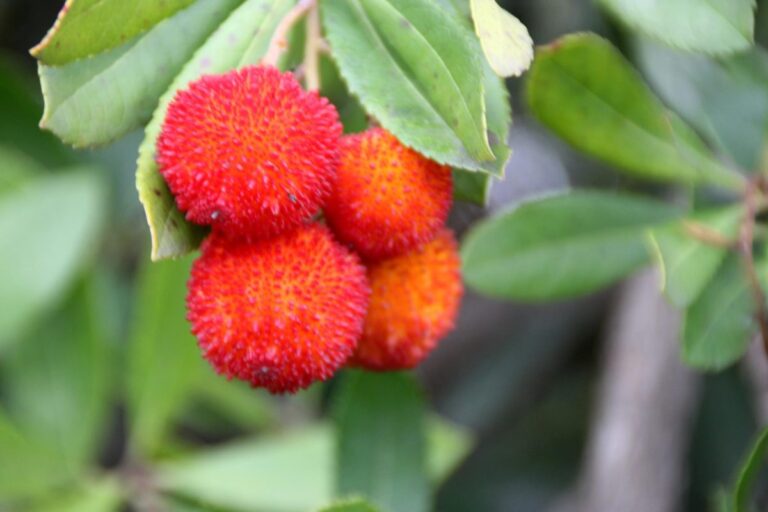
+ There are no comments
Add yours